Top Spaceflight Companies Pushing Human Exploration Forward

Have you ever wondered which companies are leading the charge in the global push toward commercial space travel and deep space exploration? Today’s spaceflight companies are doing more than launching rockets; they’re building reusable rocket engines, in-orbit manufacturing plants, space habitats, and commercial tourism experiences. In this article, we’ll explore the key players making advances in human exploration, how their partnerships, vehicles, and infrastructure are reshaping the industry, and how one company, Celestis, is offering a unique twist by launching memorial spaceflights that honor lives with a stellar tribute.
What Defines a Leading Spaceflight Company?
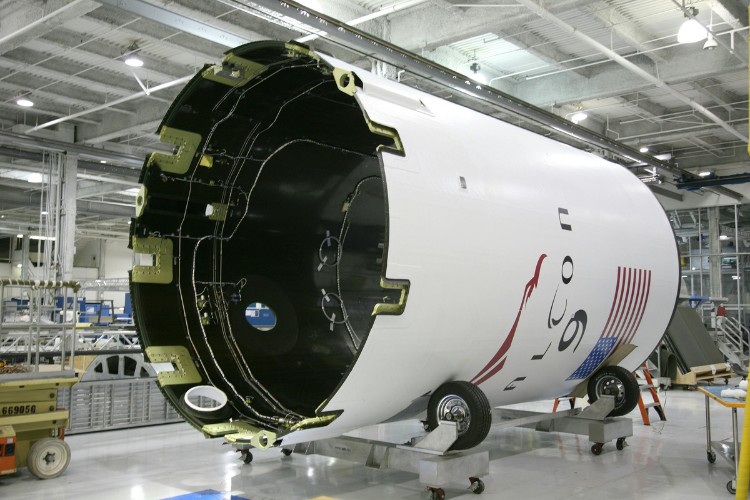
A leading spaceflight company drives progress in areas such as:
- Reusable rockets and launch vehicles
- Human exploration beyond Low Earth Orbit (LEO) and toward lunar or Mars missions
- Commercial space travel and space tourism for civilians
- Space infrastructure, including habitats, in-orbit manufacturing, and logistics
- Collaborations with national space agencies and other private firms
These elements work together to create sustainable space ecosystems, where space vehicles, rocket launches, and spacecraft become part of daily operations rather than one-off experiments.
SpaceX: Reusable Rockets & Mars Ambitions
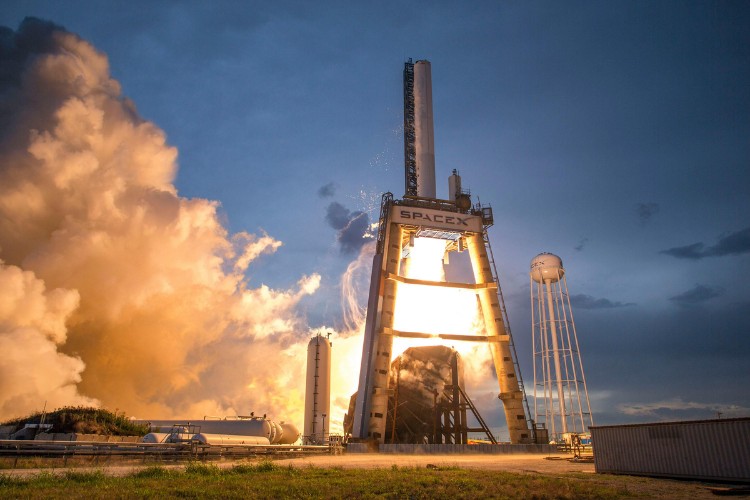
SpaceX is arguably the most visible leader in commercial spaceflight. With its Falcon 9 and Falcon Heavy launch systems and the Starship development program, it has made big strides in rocket launch and reusable rockets. The company aims for Mars colonization and has already pushed the envelope with commercial crew missions to the ISS. The pace and scale of SpaceX's missions continue to fuel space industry competition.
Blue Origin: From Suborbital to Orbital
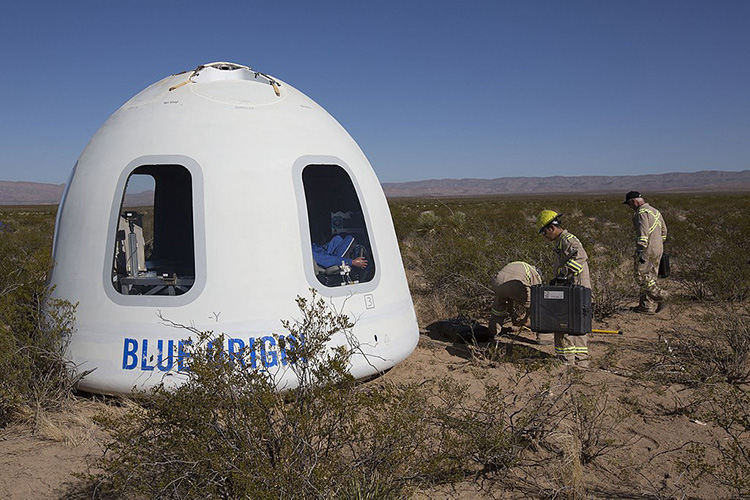
NASA Flight Opportunities, Public domain, via Wikimedia Commons
Founded by Jeff Bezos, Blue Origin began with the New Shepard suborbital rocket and is now developing the New Glenn heavy-lift launcher. This company is focused on tourism and space vehicles for civilian access, as well as supporting lunar infrastructure. Blue Origin’s entry into the orbital class moves them into direct competition in the global space economy.
Virgin Galactic: Pioneering Space Tourism
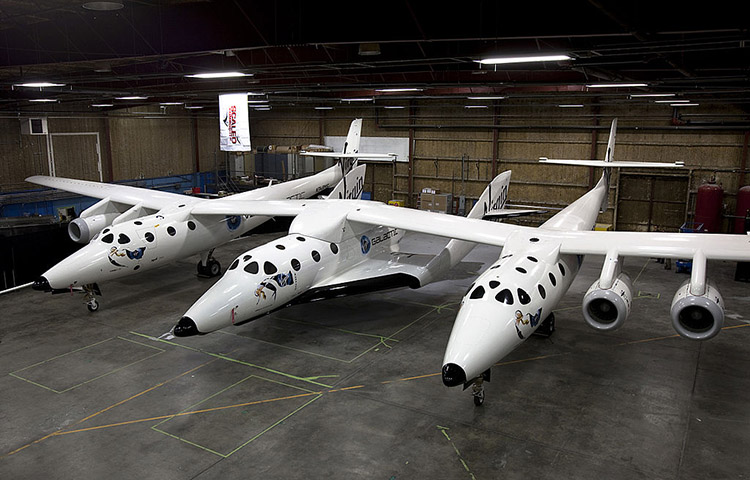
Virgin Galactic/Mark Greenberg, CC BY-SA 3.0, via Wikimedia Commons
Virgin Galactic offers space tourism suborbital flights aimed at private individuals. With a focus on the human experience of seeing Earth from space, Virgin marks the shift toward more accessible commercial human spaceflight. Their service introduces new audiences to the wonder of space and spurs demand for similar offerings.
Axiom Space: Building the Commercial Space Station Era

Axiom Space, Public domain, via Wikimedia Commons
Axiom Space is a pioneer in enabling human exploration services and commercial modules on the ISS. They charter flights for non-government personnel and will build a standalone commercial station. A recent mission included astronauts from India, Poland, and Hungary, showcasing the global reach of commercial spaceflight.
Relativity Space: 3D-Printed Rockets for Faster Launches

Relativity Space uses fully 3D-printed rocket structures and next-generation engines to streamline manufacturing and reduce costs. Their innovations contribute to space commercialization by enabling more frequent launches and shorter development times.
United Launch Alliance (ULA): Heritage & Next-Gen Launch Systems
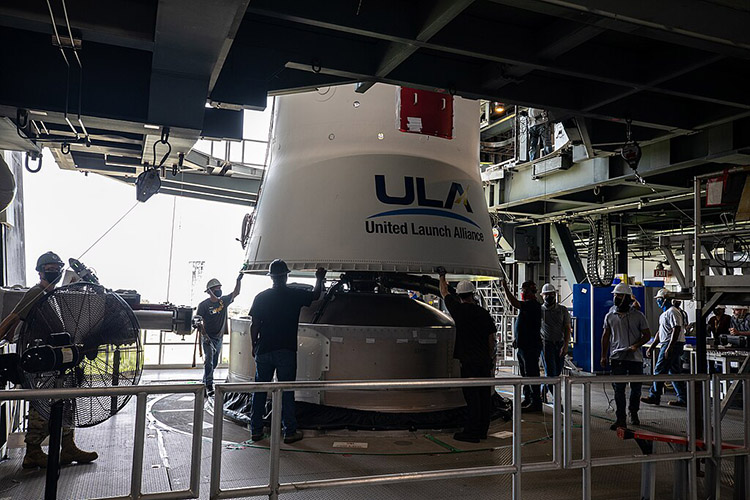
NASA Kennedy Space Center / NASA/Kim Shiflett, Public domain, via Wikimedia Commons
A partnership between Boeing and Lockheed Martin, ULA has delivered reliable launch services for decades. They’re now developing Vulcan Centaur and other systems aimed at securing both government and commercial missions. ULA’s legacy and infrastructure support large-scale space infrastructure efforts.
Sierra Space: Dream Chaser & Future Habitats

Sierra Space’s Dream Chaser spaceplane and habitat efforts signal a move toward ongoing in-orbit services and space habitats. Their work supports space exploration technology and the growing ecosystem of orbital facilities and off-Earth infrastructure.
The Exploration Company: European Moon-Lander Developer

Selected by ESA for lunar cargo services, The Exploration Company is developing the Nyx capsule, aiming to advance commercial lunar missions. They illustrate how spaceflight companies worldwide are contributing to the next wave of lunar missions and deep-space logistics.
Vast: Building Space Stations in Earth Orbit
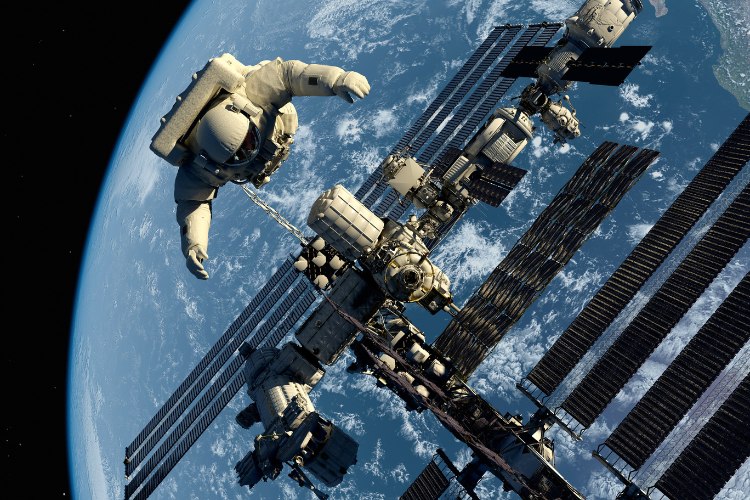
Vast focuses on future space habitats, including commercial space stations and orbital communities. Their work aligns with the broader vision of sustainable human presence in orbit and the commercialization of space beyond just launches.
Intuitive Machines & Rocket Lab: Lunar Landings and Frequent Launches
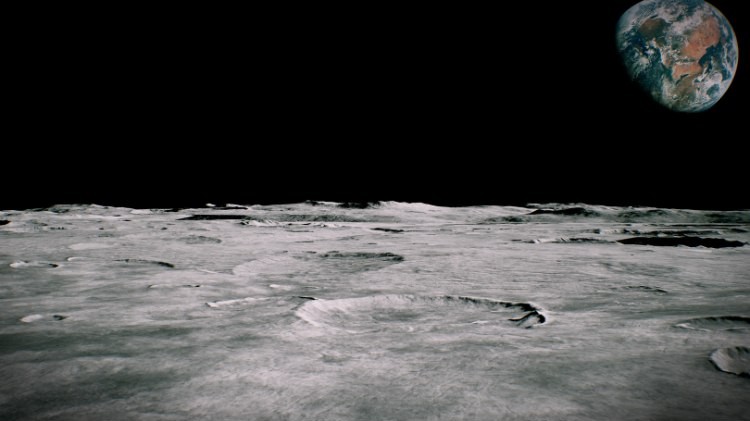
Intuitive Machines achieved the first commercial soft landing on the Moon and is part of the deep-space exploration surge.TIME Rocket Lab continues to provide frequent small-satellite launches and is expanding into human-capable vehicles, supporting the growing space Logistics network.
Redwire: In-Orbit Manufacturing & Space Systems

Redwire Corporation, Public domain, via Wikimedia Commons
Redwire specializes in in-orbit manufacturing, payload deployment, and high-complexity systems for space stations and habitats. Their innovations drive the incremental steps toward permanent human settlements and industrial activity in space.
Why More Companies = More Innovation

The proliferation of spaceflight companies creates meaningful competition and collaboration across the sector:
- Launch Capacity: More providers mean more frequent and affordable satellite launches and human space missions.
- Downstream Ecosystem: From manufacturing in space to orbital habitats, startups and established firms both contribute to the space industry expansion.
- Commercial Space Travel: With entrants like Virgin Galactic and Blue Origin, tourism, civilian flights, and missions beyond government purview are rapidly becoming real.
- Cross-Sector Partnerships: Firms like Sierra Space and Relativity Space partner with national space agencies, bolstering progress in space commercialization.
- Infrastructure Scaling: Companies designing habitats, stations, and in-orbit manufacturing pave the way for long-term habitation and deep-space exploration.
Where Celestis Fits In: A Unique Tribute in Orbit

Amid this ecosystem of innovation, Celestis offers a distinctive service: memorial spaceflight. By launching symbolic portions of cremated remainsor DNA into space, Celestis blends spaceflight technology with human legacy. It represents a new category of space payloads, not just satellites or research modules, but personal memorials among the stars. Families choosing Celestis can join a voyage beyond Earth, honoring loved ones with a symbolic journey into orbit, lunar missions, or deep space.
The Takeaway
The expanding roster of spaceflight companies, from SpaceX and United Launch Alliance to Redwire and Vast, is reshaping how humans access and operate in space. They’re making commercial human missions, space tourism, lunar landers, and orbital habitats possible. For those intrigued by the cosmos or seeking a lasting tribute, services like Celestis demonstrate how space exploration touches every aspect of life and legacy.
To explore how a memorial spaceflight can honor a life in a profound and unique way, visit Celestis.com.


